Elizabeth Prata
When I want to recalibrate, or refresh, or just bask in God, one of the ways I especially like pondering Him is His creation. It’s what got me started on the path to the cross when I was a pagan. I’d traveled far and wide, in a camper van, on a sailboat, ice breaker ferry, European train, airplane, hiked, walked, biked, and motorcycled the US, Canada, South America, and Europe.
I’d seen the regularity of the tides, the beauty of the waves, clouds from above, majestic mountains, a pine cone, Amazonian jungles, eclipses, sunsets, agate, white topped mountains of marble, granite hills, flamingos, dolphins, storms… I’d think, “This didn’t just happen by chance. This all is created.”
But when the apostles Barnabas and Paul heard about it, they tore their robes and rushed out into the crowd, crying out and saying, “Men, why are you doing these things? We are also men, of the same nature as you, preaching the gospel to you, to turn from these useless things to a living God, who made the heaven and the earth and the sea, and everything that is in them. (Acts 14:14-15)
May you be blessed by the LORD, the Maker of heaven and earth. (Psalm 115:15).
The images coming back from the new James Webb telescope gives us pause. We see things no human has ever seen, we admire and we breathe out gasps at the majesty and beauty of our universe. The James Webb Space Telescope is a space telescope designed primarily to conduct infrared astronomy. As the largest optical telescope in space, its greatly improved infrared resolution and sensitivity allow it to view objects too early, distant, or faint for the Hubble Space Telescope, says the blurb about it. It is run by NASA.
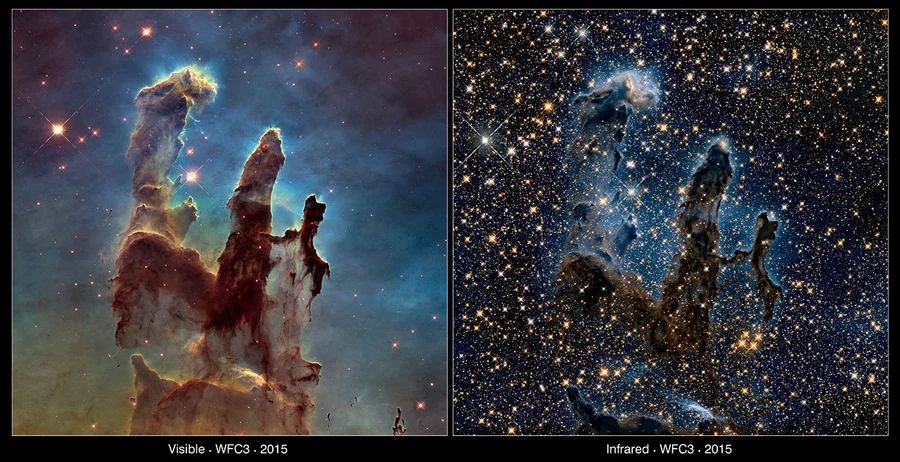
Above, Two views of the Eagle Nebula’s “Pillars of Creation,” both taken by the Hubble Space Telescope. The left shows the pillars in visible light; the right image was taken in infrared light. NASA, ESA/Hubble and the Hubble Heritage Team.
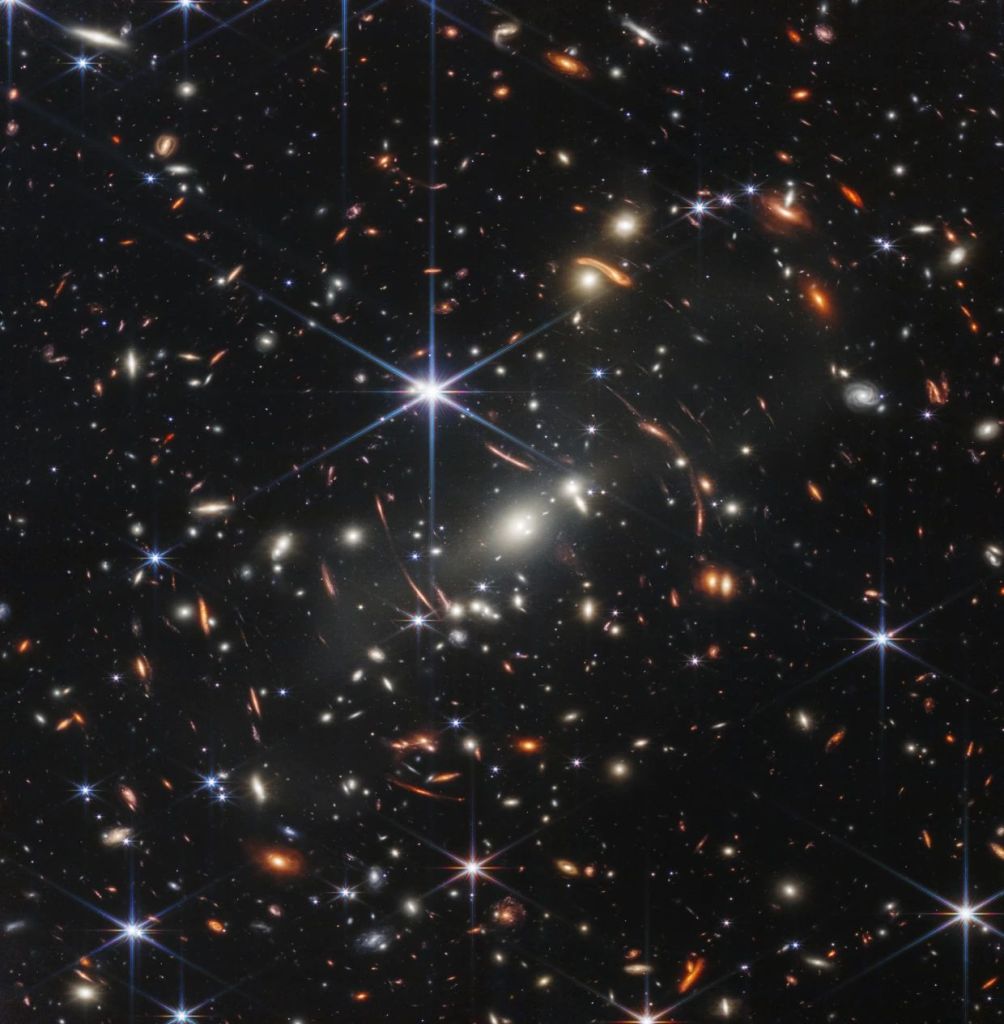
Above, this image, known as “Webb’s First Deep Field,” is the first full-color image released from the next-generation James Webb Space Telescope. It is the sharpest infrared image of the distant universe ever produced, according to NASA. Space Telescope Science Institute / NASA, ESA, CSA, STScI, Webb ERO. The James Webb Space Telescope’s imagery of NGC 628 (the “Phantom Galaxy”) shows glowing dust in this citizen science image. (Image credit & caption: NASA/ESA/CSA/Judy Schmidt).
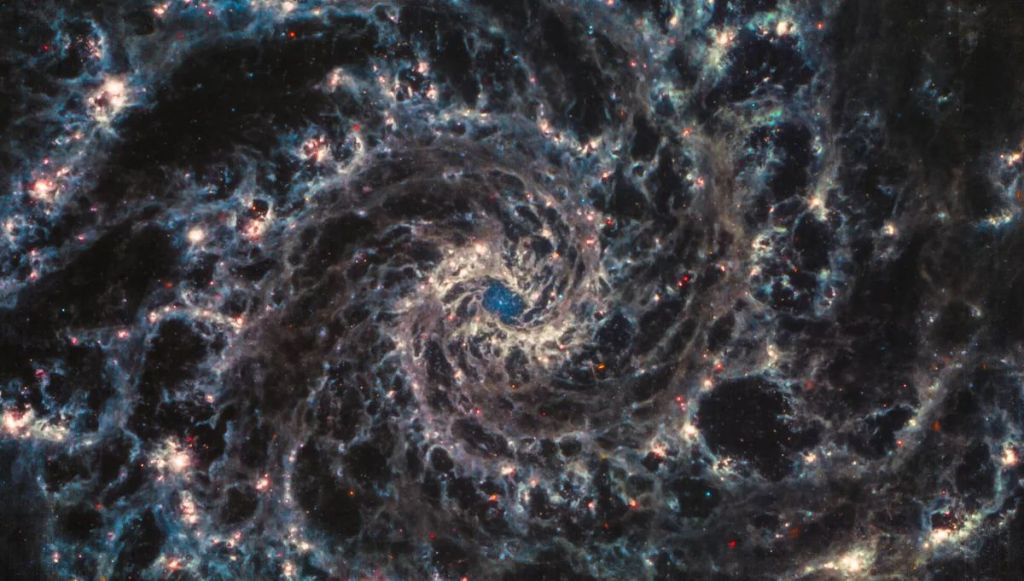
God made the two great lights, the greater light to govern the day, and the lesser light to govern the night; He made the stars also. (Genesis 1:16).
Here are some down to earth photos of God’s glorious creation, photos are winners in different categories of Nature Photography seen at Insider.com

Above, Monarch butterflies land on branches at Monarch Grove Sanctuary in Pacific Grove, Calif., in 2021. Nic Coury/AP
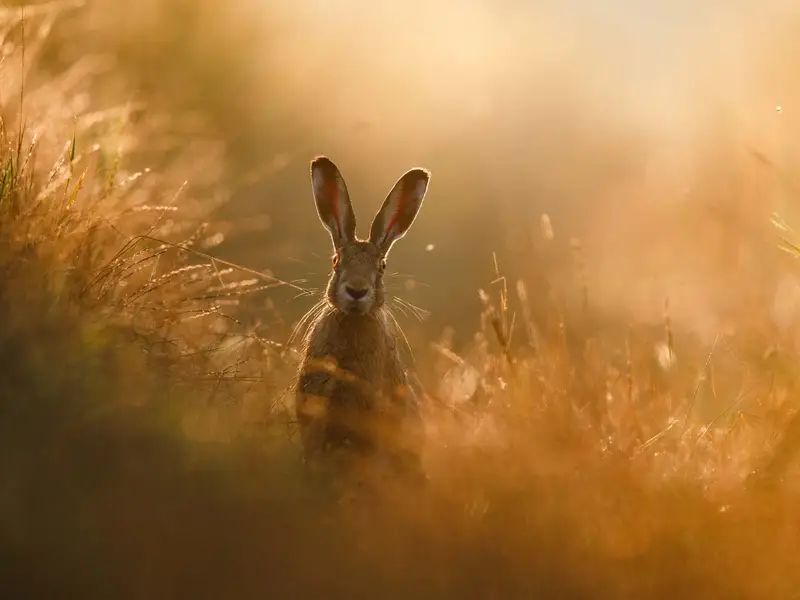
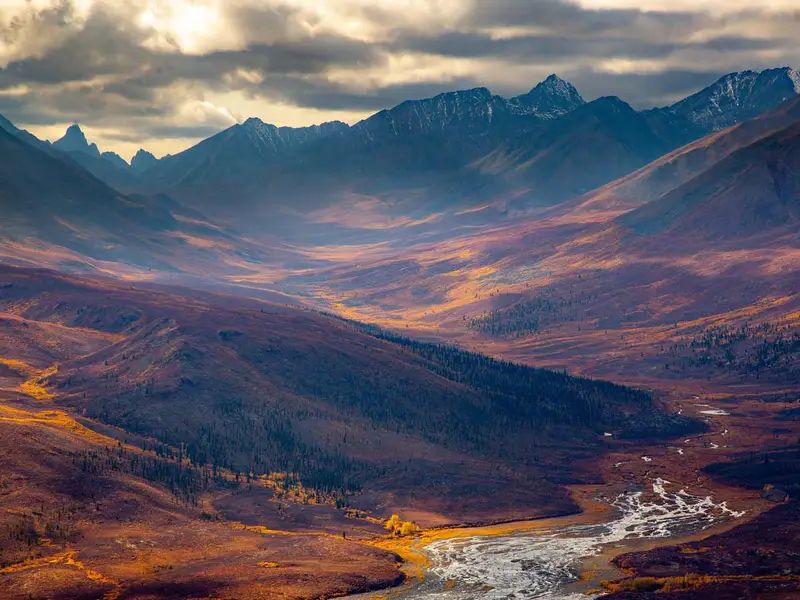
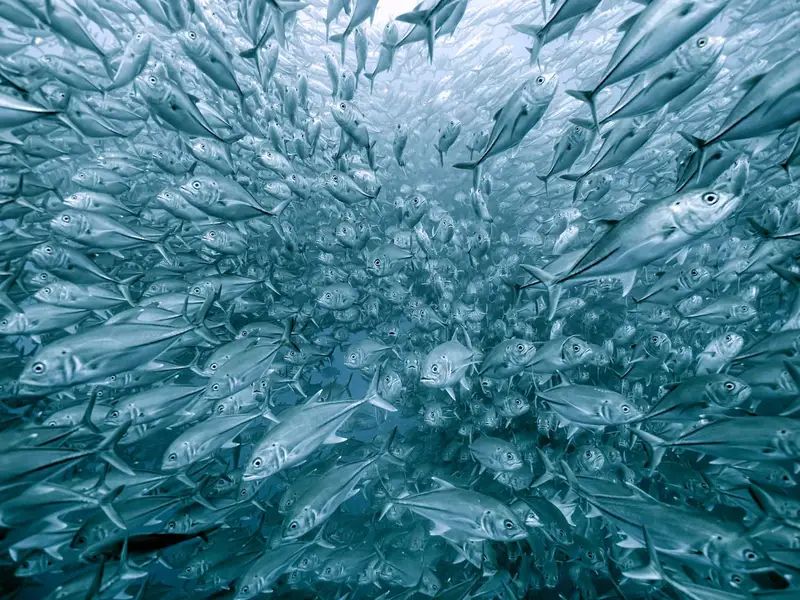
Further resources
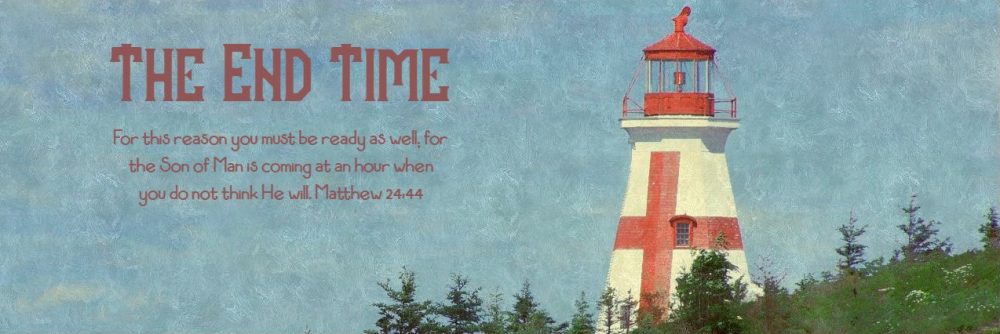
So beautiful
LikeLiked by 1 person